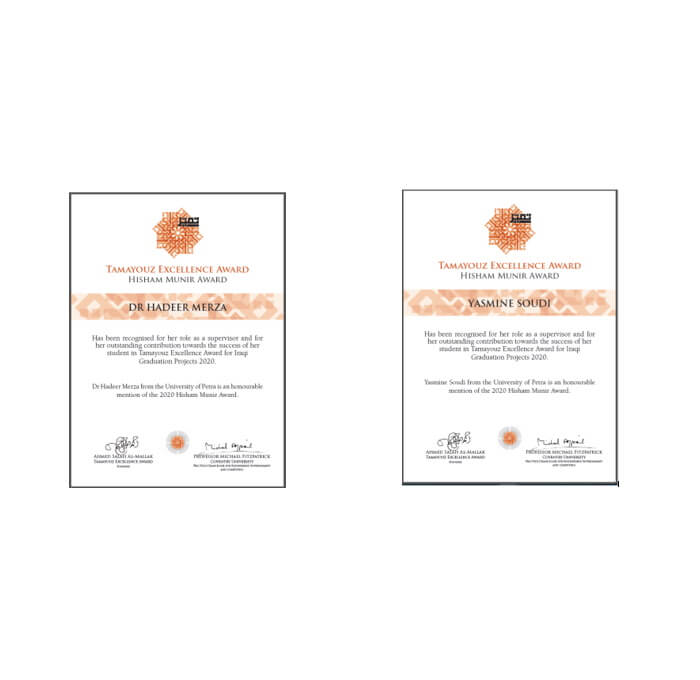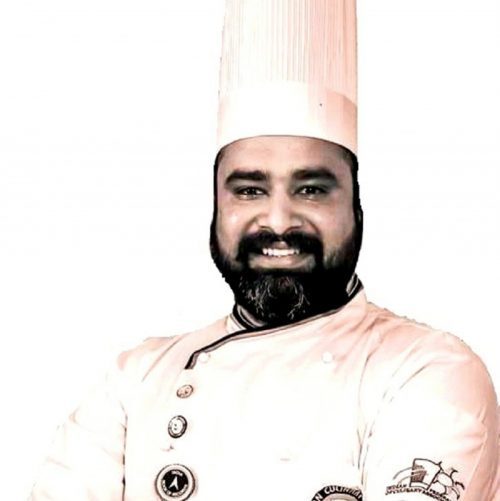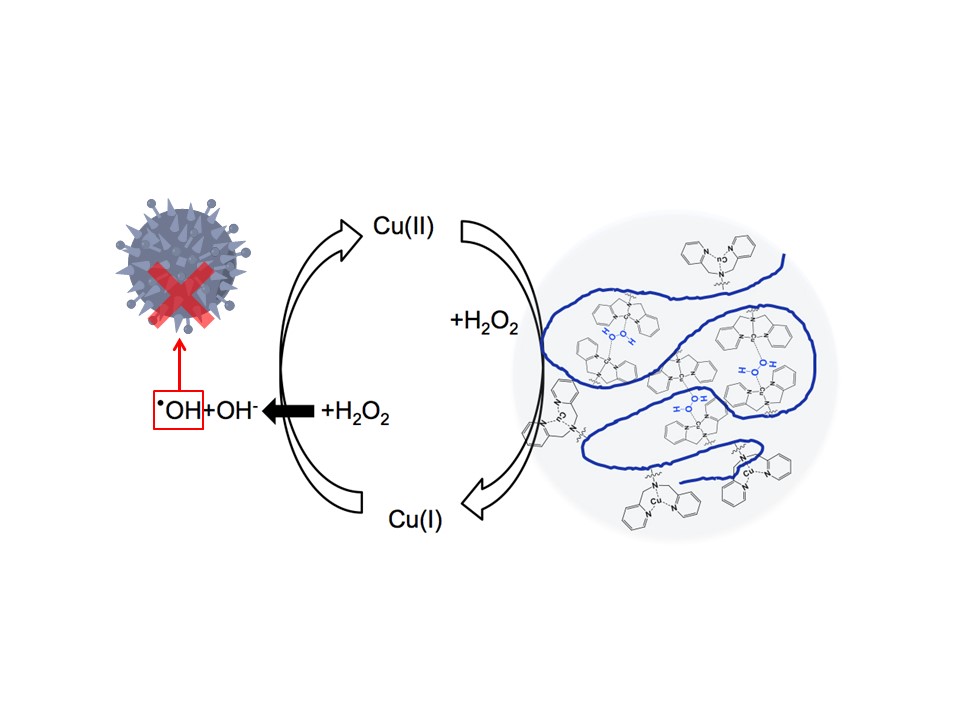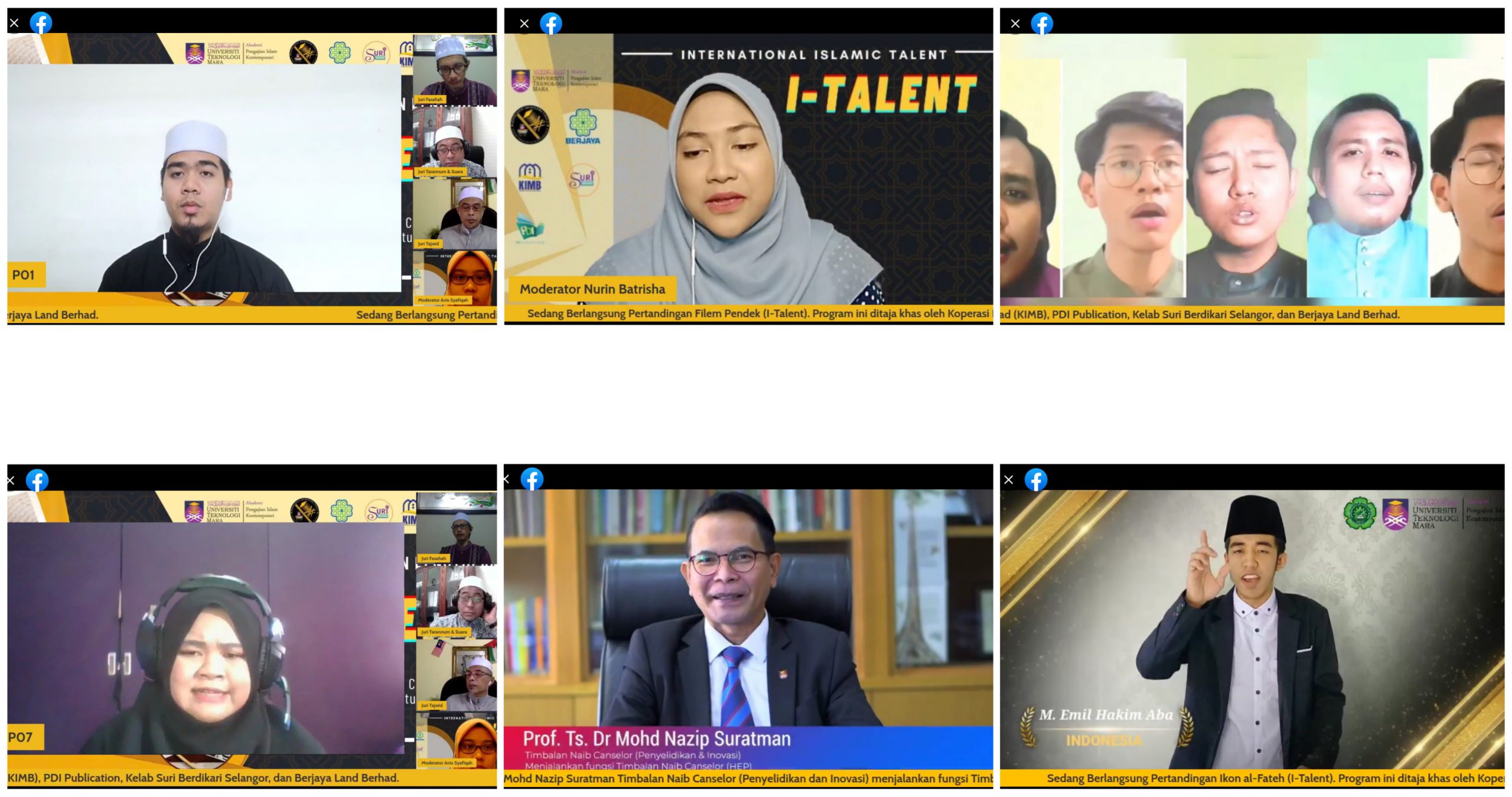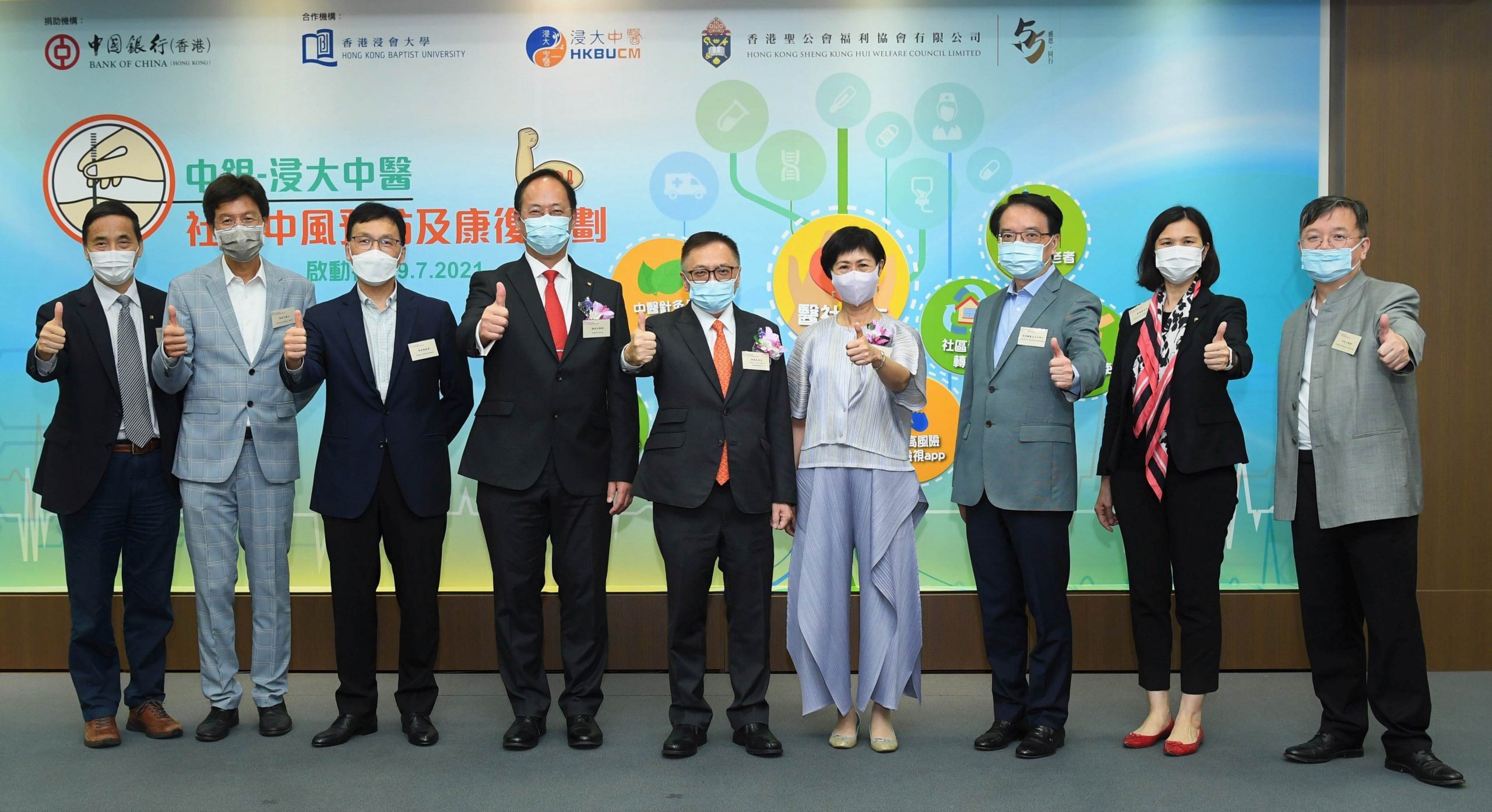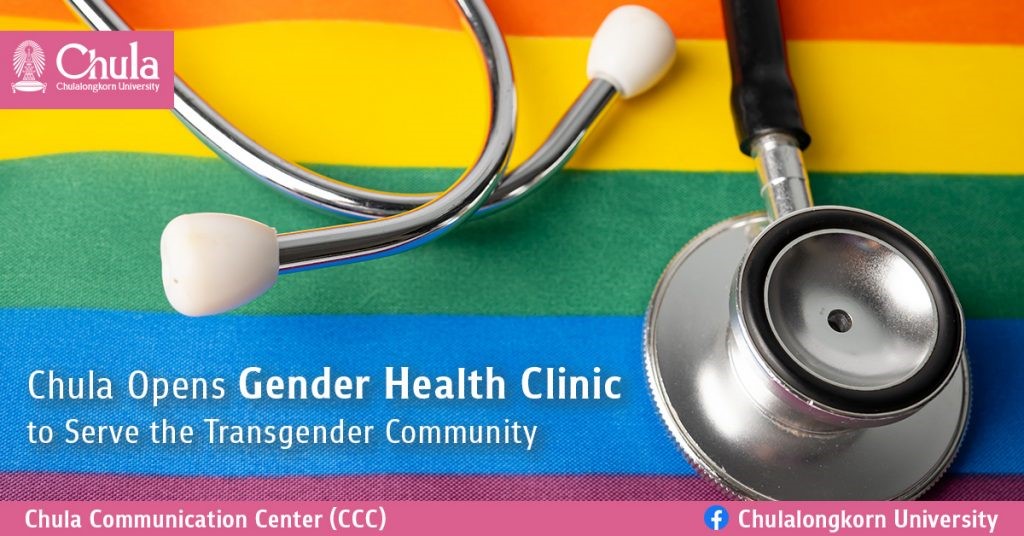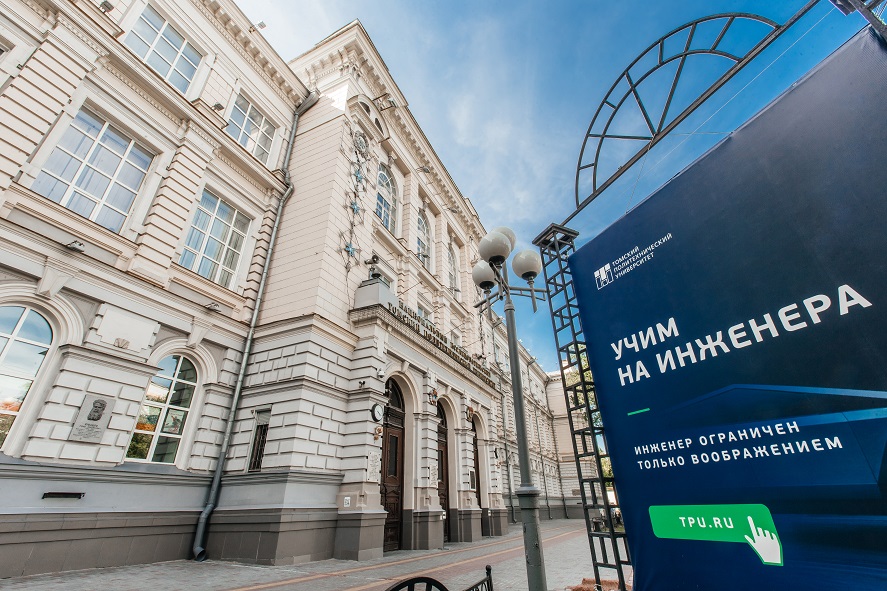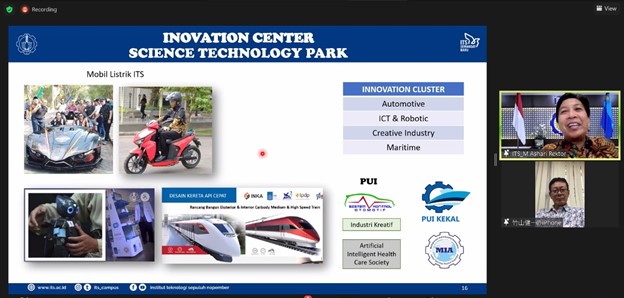Department of Art, Design and Media of the School of Arts (SOA) at Sunway University is pleased to be the third member of Cumulus, the International Association of Universities and Colleges of Art, Design and Media, in Malaysia.
Cumulus is the only global association to serve art and design education and research. It is a forum for partnership and transfer of knowledge and best practices. Cumulus consists currently of 360 members from 63 countries.
As a member, Sunway University is part of an extensive network of design schools, including the Royal College of Art, Aalto University, Parsons School of Design, Central Academy of Fine Arts (CAFA), and the University of Edinburgh.
By joining Cumulus, Sunway University is placing itself into a role of being part of the international discussion regarding the future of the arts and design in general and, precisely, the role of art programmes in helping to create that future.
School of Arts at Sunway University is also allowed to join with academics and students worldwide in various forums, conferences, and exhibitions to explore issues of how art and design have a greater social significance. Sunway University hopes to offer undergraduate and postgraduate students and staff the opportunities to work with talented people around the world, creating networks for research and exhibition.
Professor Dr Kenneth Feinstein, Head of Department of Art, Design and Media at Sunway University, said, “As members of Cumulus, we will be part of a network of leading art and design schools. Being a member will allow us to create student exchanges with other members. It will allow other schools to know what we are going through the cumulus website and newsletter. Cumulus also has two annual conferences. Being part of the network, we hope to encourage our students and faculty to take a proactive role in exhibition and publication.”
“By increasing our profile internationally, the school will be able to attract more international students and staff.”
Cumulus aims at building and maintaining a dynamic and flexible academic forum that would bring together top-level educational institutions from all parts of the world. Cumulus collaborates not only with institutions and organizations from the field of art, design, and media; the encouragement of co-operation with industry and business is essential.




